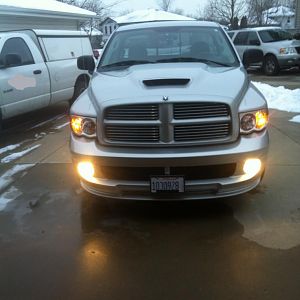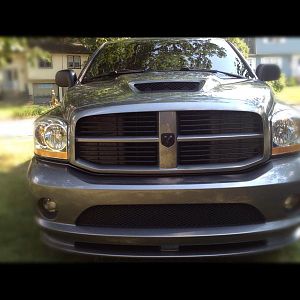Coating an Intake Manifold
There are two reasons for coating an intake manifold. The first would be Performance, the second Appearance. Let's discuss Performance first.
In this instance, you are dealing with heat that is generated by the engine. You will also aquire heat from the hot oil that may be tossed up under the underside of the intake manifold. This means we want to apply a thermal barrier ( TLLB, CBC2, CBX, MCX ) to the bottom of the intake manifold, the flange area where it would bolt to the head and also the flange area where the carburator would bolt to the intake manifold. This will reduce the amount of heat that enters the manifold itself, keeping the manifold cooler. Typically, a normally asperated engine will see a 1% improvement in power for every 10 degree drop in carb air inlet temperature. A Turbo charged engine will see a 2% increase. Keeping the manifold cooler than normal allows an engine to generate more horse power. In addition to this, you would coat the top of the manifold with a thermal dispersant such as our TLTD. This means that the heat that does get into the intake manifold will be more rapidly dispersed into the air moving over it, thus cooling the intake manifold further. This gives you a greater chance of creating more horse power by reducing the inlet temperature. You can also coat the inside of the runners in an intake manifold. You can use 1 or 2 coatings. A single coating that we recommend would be our dry film ( DFL-1, TLML or CERMA LUBE ). These are known as 'fluid retaining coatings' and the fuel/air mix as it passes through an intake manifold on a carburated engine is treated like a 'fluid in motion'. The coating will have a tendency to create a small amount of boundry layer turbulance which will reduce fuel drop-out. You may also apply a thermal barrier to the inside of a runner first, then the dry film over it. If you're doing this, we recommend using our TLLB with TLML over the top of it. You not only create the boundry layer turbulance, you further reduce the amount of heat that does enter the fuel/air mix.
On the cosmetic side, while the TLTD is a very nice-looking coating, it is Black. If someone is looking for more show and they like a bright, polished appearance, then Cermakrome, as an example, can be used. Since Cermakrome is a thermal barrier, we recommend that you coat the bottom and the top. In this way, while you're inhibiting the amount of heat that can be dispersed from the top of the manifold because of it being coated, you're reducing the amount of heat that can be absorbed by the manifold because of the same coating on the bottom. Thus, you are at least creating an equalibrium and not dealing with a heat problem. The coating is extremely high temperature resistant, does not blue or discolor like chrome, does not oxidize significantly as a polished aluminized surface will, so you can maintain a very nice, high-polished surface not affected by fuel oils and solvents.
http://www.techlinecoatings.com/articles/Coating_Intake_Manifold_Article.htm





